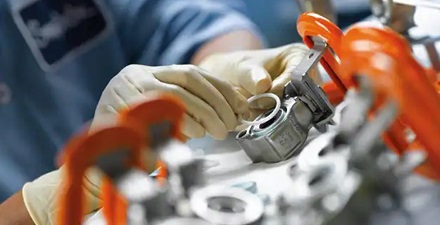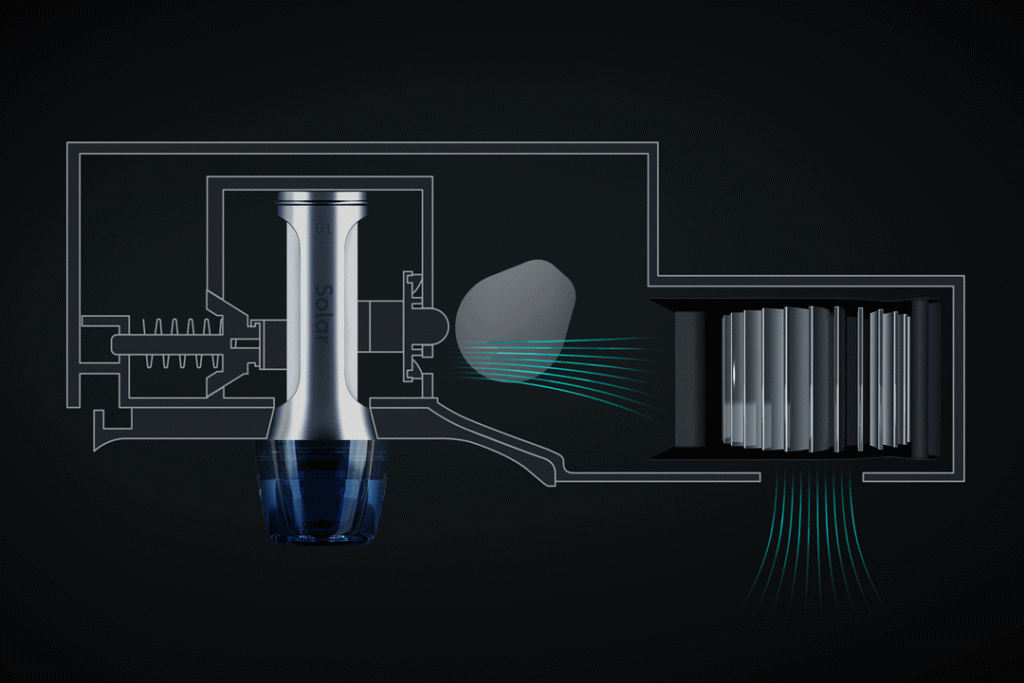The Principle of Selecting Shut-off Valve

What is a Shut Off Valve?
A shut-off valve is a valve whose closing member moves along the centerline of the valve seat. According to the type of movement of the valve flap, the change of diameter of the valve seat is proportionate to the stroke of the valve flap. Because the opening and closing stroke of the valve stem is relatively short, with a very reliable shut-off function, and because the change of diameter of the valve seat is proportionate to the stroke of valve flap, which is very suitable for flow regulation, this type of sanitary shut-off valve is very suitable for shutting off, regulating or throttling.
The principle of selecting shut-off valves:
1. Shut-off valves should be used on pipelines or devices of high temperature and pressure media, such as thermal power plants, nuclear power plants, high temperature and pressure pipelines of petrochemical systems.
2. Pipelines that aren’t strict about fluid resistance. That is the place where the pressure loss is not a big concern.
3. Needle valve, instrument valve, sampling valve, and pressure gauge valve can be used for small valves.
4. Pipelines where there are flow regulation and pressure regulation, with few requirements for regulation accuracy, and the pipeline diameter is small.
5. High pressure angled shut-off valve and high pressure angled throttle should be used for small chemical fertilizer and large chemical fertilizer in synthetic industrial production.
6. In de silicon workshops and pipelines that are easy to coke, a DC-type electric shut-off valve or DC-type throttle that has a separate valve body, a removable valve seat, and carbide seal should be used.
7. In water supply and heating projects of urban construction, shut-off valve, balance valve or plunger valve can be used for pipelines that have a relatively small nominal diameter.





